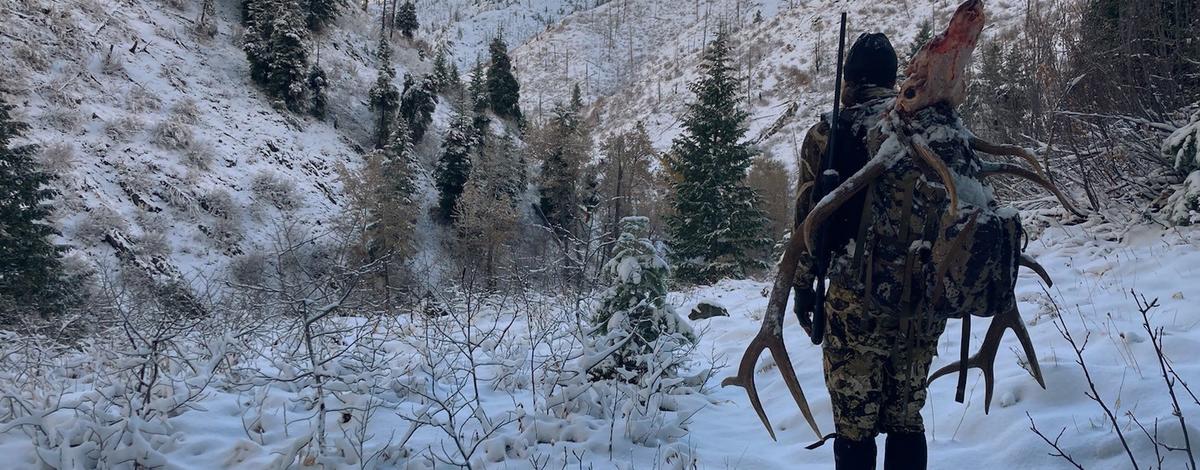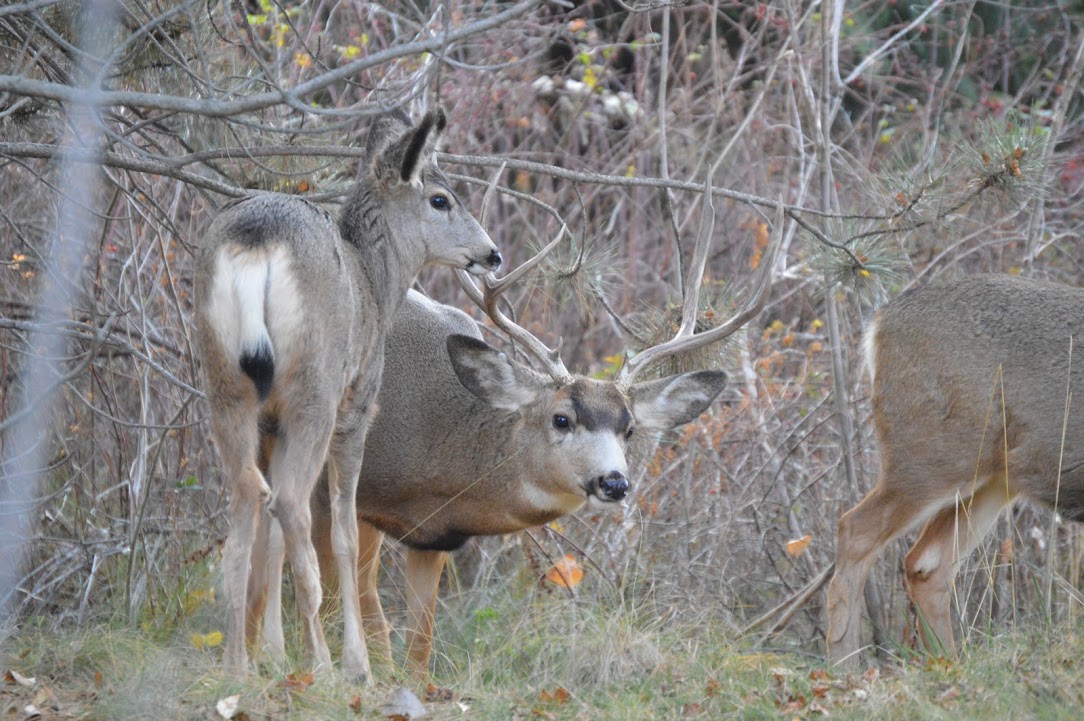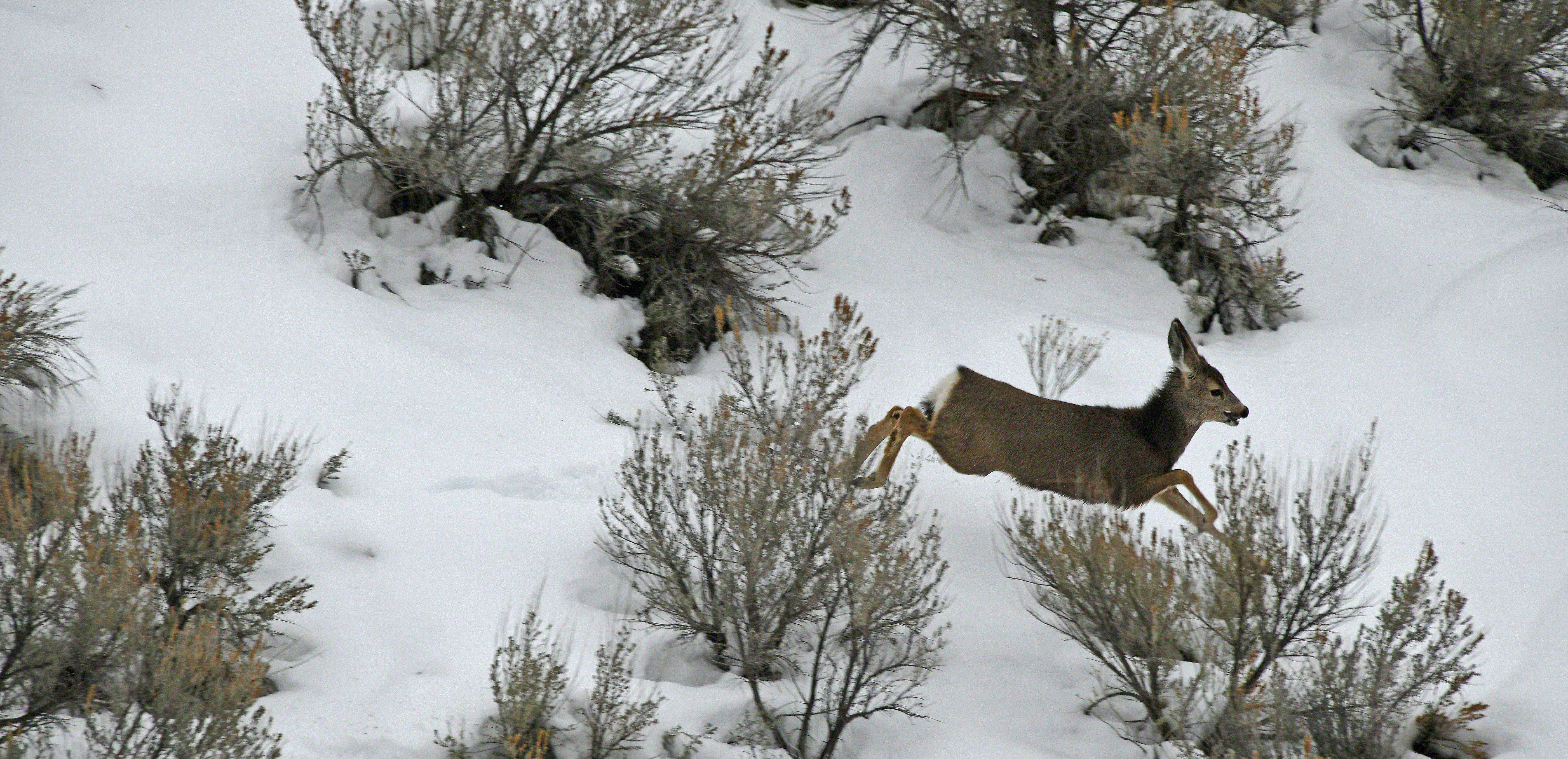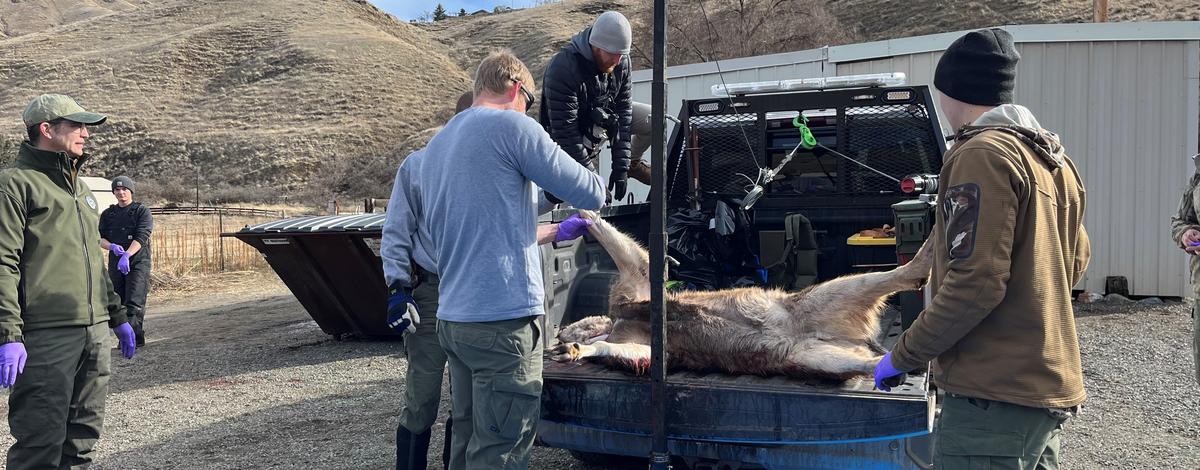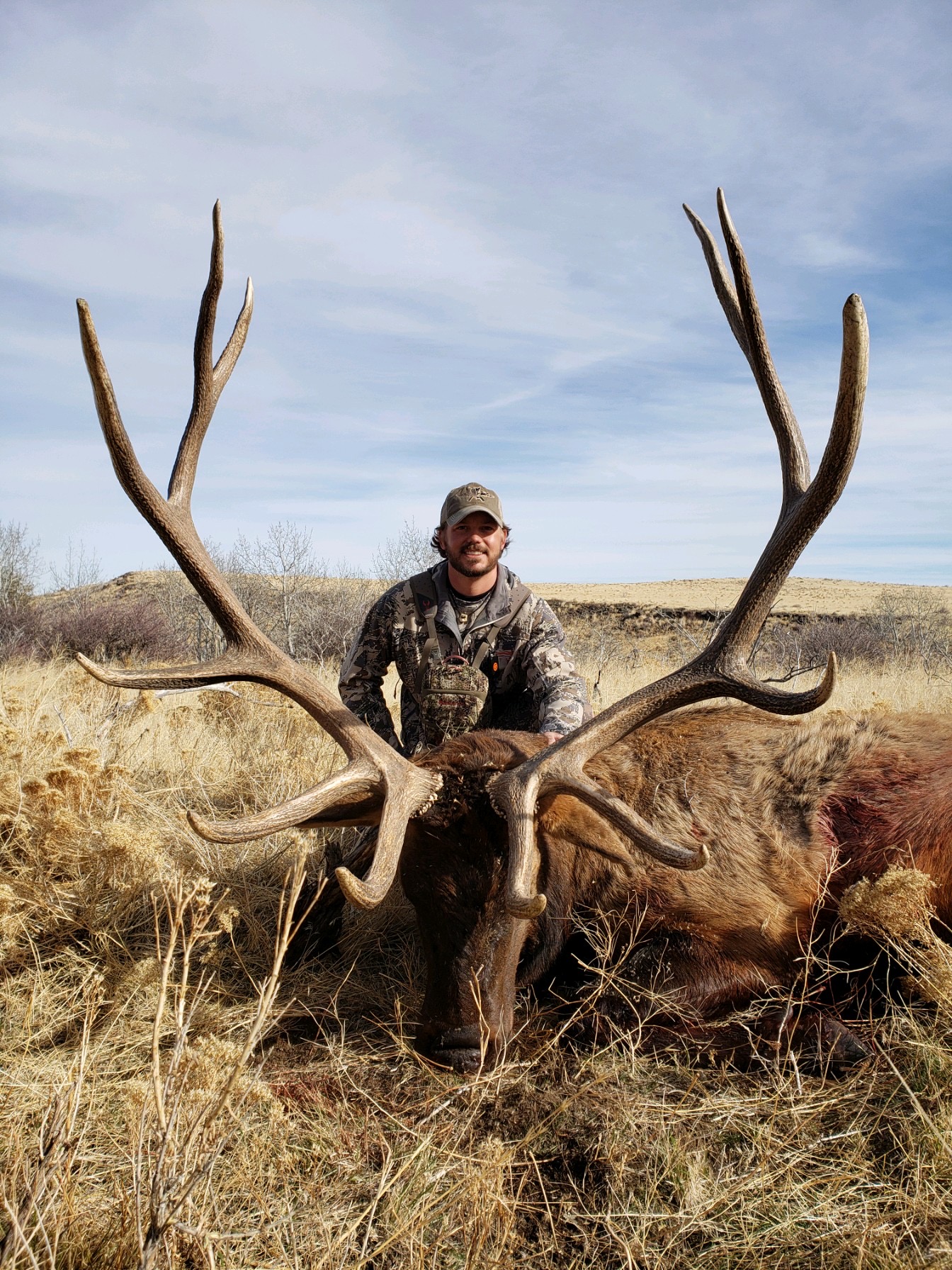The application period for fall 2023 deer, elk, pronghorn, swan, fall black bear and fall turkey controlled hunts begins May 1 and runs through June 5. Successful controlled hunt applicants will be notified by July 10.
Hunters can also apply for the first Super Hunt drawing through May 31.
Hunters with a valid 2023 Idaho hunting license may apply for controlled hunts online at gooutdoorsidaho.com, at any license vendor, Fish and Game office, or by calling 1-800-554-8685. There is an additional fee for online and phone orders.

